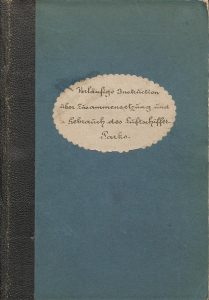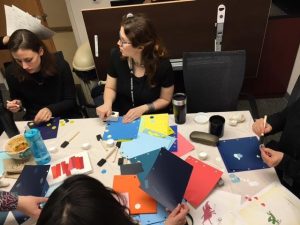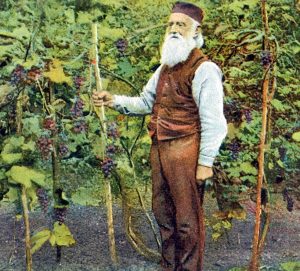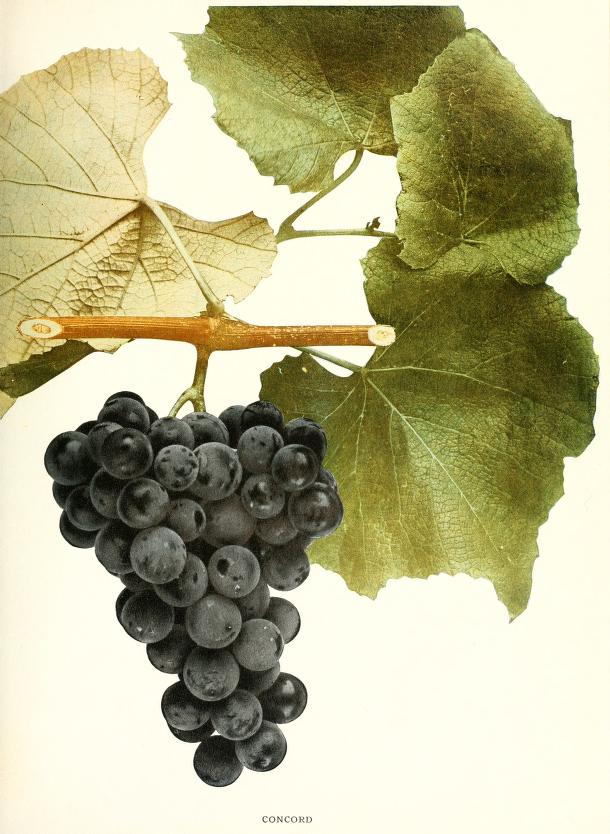Mark your calendars! September and October are great months for Smithsonian Libraries events!
Category: Food and Drink

Today, August 19th, marks National Aviation Day and we’re celebrating with a lesser-known flying vehicle — the airship. Emil Schimpf’s ballooning manuscript Vorläufige Instruction über Zusammensetzung Gebrauch des Luftschifferparks was recently added to the Smithsonian Transcription Center and is available for crowd-sourced transcription.
My salad days, when I was green in judgement
This common, if well-worn, phrase first appeared in Shakespeare’s Antony and Cleopatra of 1606. At the end of Act One of the play, recalling a youthful affair with Julius Caesar, Cleopatra refers to a time of innocence, silliness or indiscretions. Since May is National Salad Month, let us celebrate the greens by looking at the work of another Englishman, John Evelyn (1620-1706). His Acetaria: a discourse of sallets, printed in London in 1699, was the first book devoted to salads.

On February 5th, the Smithsonian Libraries presented its first Indoor Recess, a creative lunchtime getaway geared toward museum professionals and educators. Led by Sara Cardello, the Libraries’ education specialist, the monthly Recess events seek to fuse libraries and art. Participants are invited to bring their lunch, listen to a fun story by a museum professional, and make a themed craft. The next Indoor Recess is happening today at noon!
Now that it’s cold outside, this is the perfect time to think of warmer temperatures and perhaps a vacation. The Trade Literature Collection at the National Museum of American History Library includes a lot of railway-related catalogs but not all of them are about equipment and supplies. Some are directed towards the tourist, like this nineteenth century catalog by Jacksonville, St. Augustine & Indian River Railway.
With Halloween just around the corner, this is the perfect time to flip through candy-related trade catalogs. Today, with the mass production of products, we might not think about how things were made in the past. To make candy, ingredients needed to be grated, peeled, granulated, and cut. What machines performed that work? And how long did it take?

Now that the season for harvesting grapes in New England is here, let’s raise a glass to Ephraim Bull, the originator of the all-time popular grape in America, the Concord. Readily associated with juice and jelly and long out of favor in viticulture, Concord grape is having a bit of resurgence with the interest in DIY home brewing and fermenting. If faced with an abundance of the easily grown grape on one’s garden fence or arbor, recipes and techniques for bottling your own wine are found in many online guides. For full appreciation, a toast to Bull, his grape and their faded wine history is in order.


